Patellofemoral Pain Syndrome (Runners Knee)
Read More >
Rehab exercises for Runner’s Knee should address muscular tightness and weakness to improve biomechanics. Below is a collection of exercises that are commonly prescribed, as they strengthen muscles that are commonly weak.
The following are examples of common exercises prescribed for Runner’s Knee. They should be pain-free to perform, or very low pain which resolves quickly after completing the sets. They can be performed, for example: 1x daily or alternate days, for 3 sets of 12 repetitions.
Because every person and injury is unique an assessment with a physical therapist is fundamental to ensure you have the best rehabilitation exercises for you.
Sit with your knee resting on a foam roller or thick pillow. Push your knee down into the roller or pillow and straighten your knee, lifting your ankle off the floor. Hold this position for 5 seconds, relax, and repeat.
You should feel you quadriceps working.
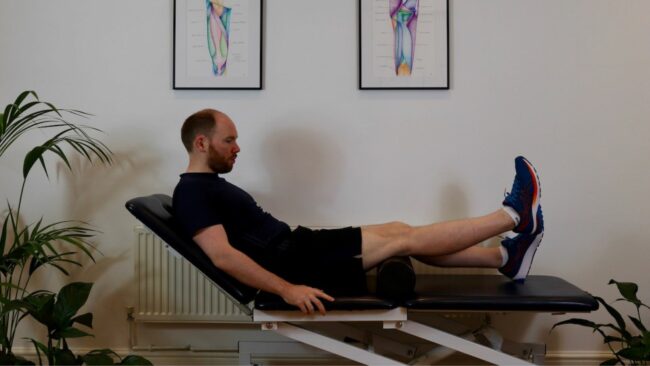
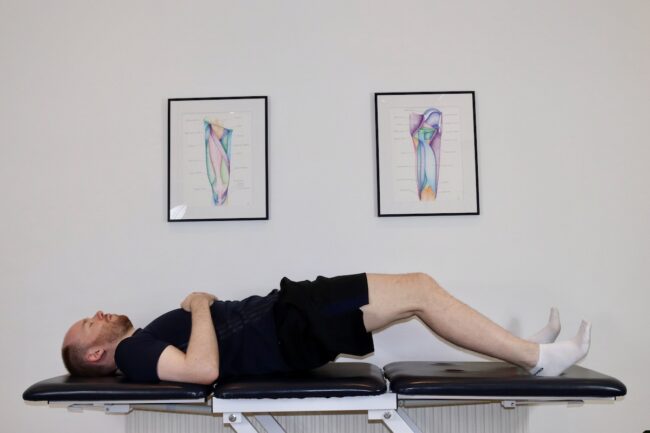
Lying on your back with your heels, hip-width apart and your knees bent to 30º. Tilt your pelvis backwards, to flatten your back against the floor and continue to curl and lift your pelvis off the floor.
You should feel your glutes and hamstring working.
Lying on your side with your ankles together, and knees bent to about 30º. Tip your pelvis forwards and keep it still while you lift your top knee to open you legs.
You should feel you glutes working.
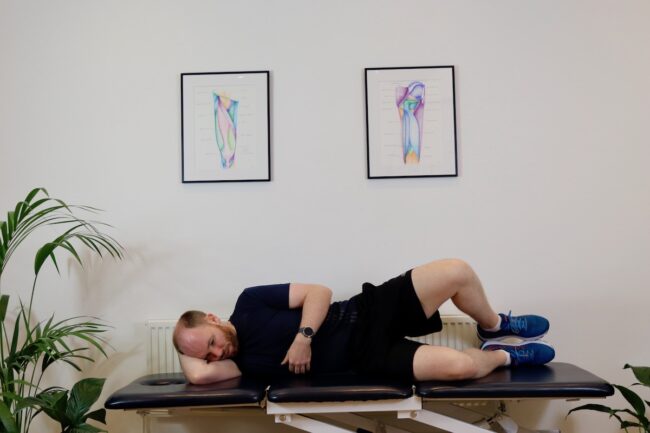
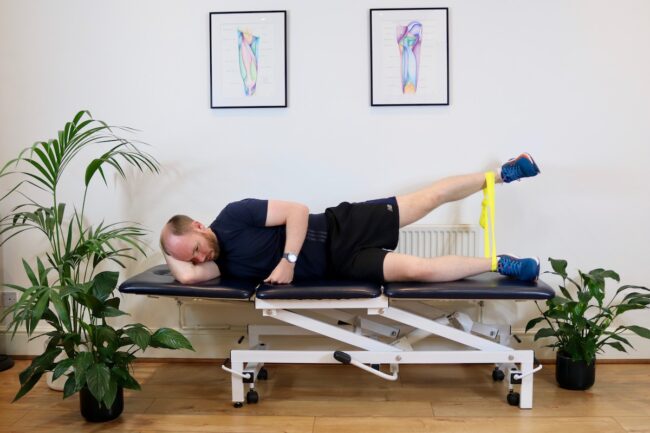
Lying on your side with a resistance band around your ankles. Keep your bottom leg slightly bent, to help with stability, and your top leg straight. Lift your leg up and backwards into the resistance band.
You should feel your glutes working.
Stand a little in front of a wall. Sit with your back flat against the wall. You want to have your knees above your ankles and bent to 30-60º. The greater the knee bend the harder it will be.
You should feel your quadriceps working.
This should be held for up to 1 minute rather than for 12 repetitions.

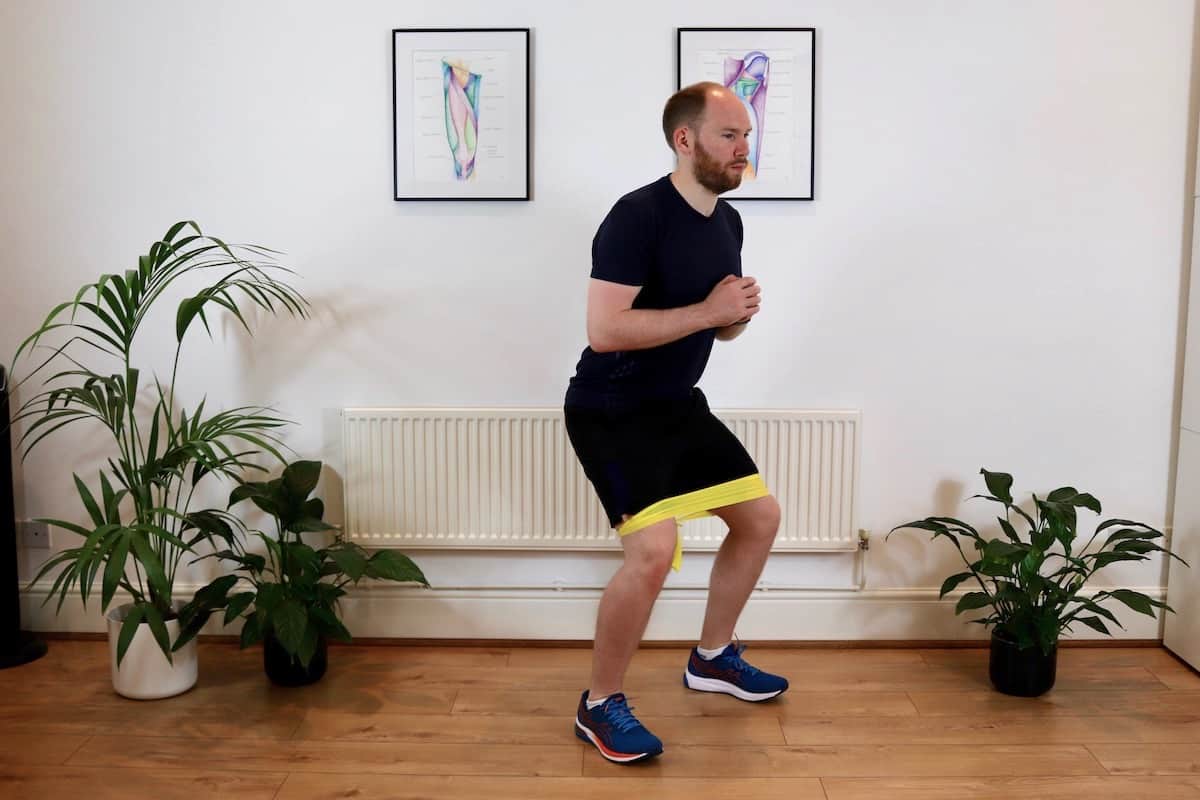
As symptoms improve a good progressive exercise from the wall sit is a shallow squat. Stand with your feel about hip-width apart, lower your pelvis down and back into a shallow squat. Using a resistance band to push your thighs out into will engage the glute muscles also.
You should feel your quads and glutes working.
As tightness in the quadriceps and other muscles of the leg can contribute to this injury, stretching can be important.
Here are some examples of stretches that are commonly prescribed for patellofemoral joint pain. They should be held for 45 seconds and repeated 3 or more times per day.
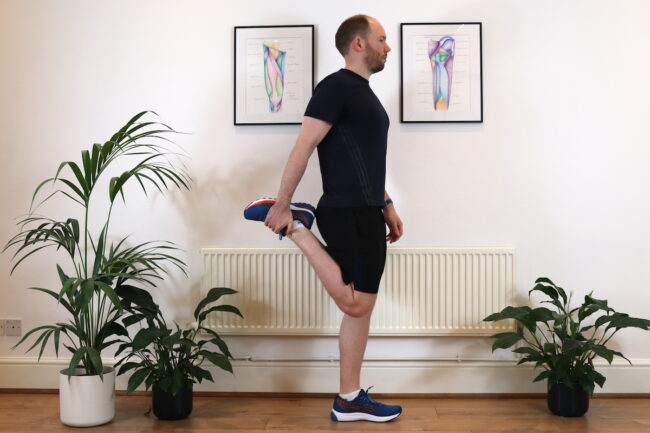
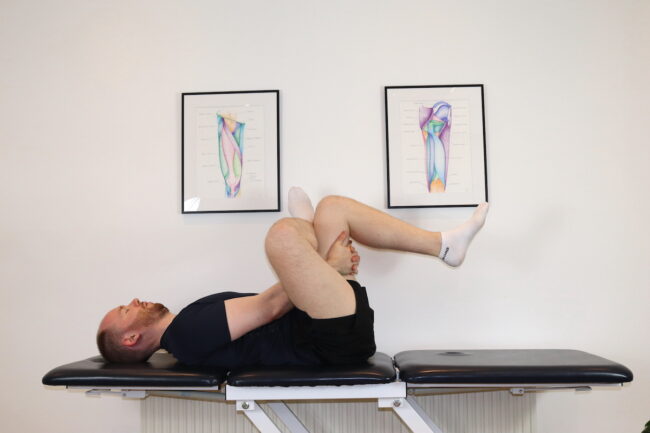
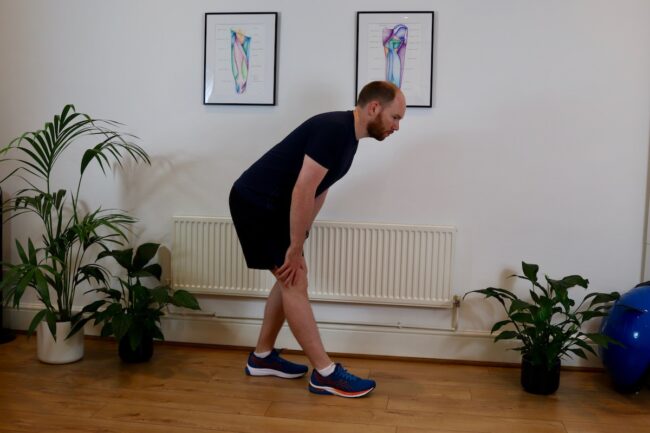
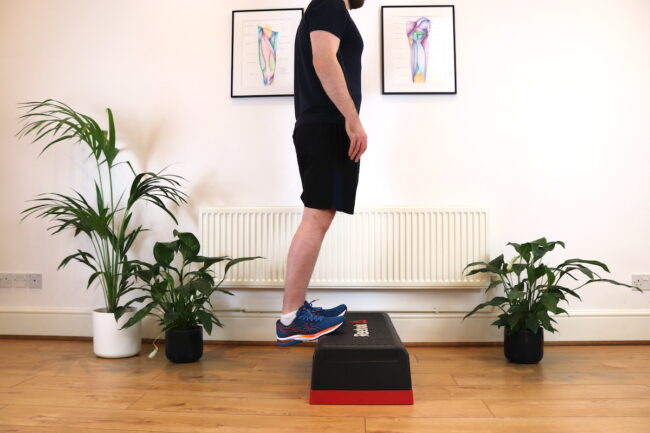
If it is pain-free to walk, then walking is ok to do. We recommend you take short walks and know that the pain might worsen after the walk. So, only gradually increase your distance to avoid irritation. If it is painful to walk, it is advisable to reduce your daily step count.
It is a good idea to stretch and foam roll before walking. If you get pain in the middle of your walk, you should stop and stretch before continuing as this may alleviate your pain.
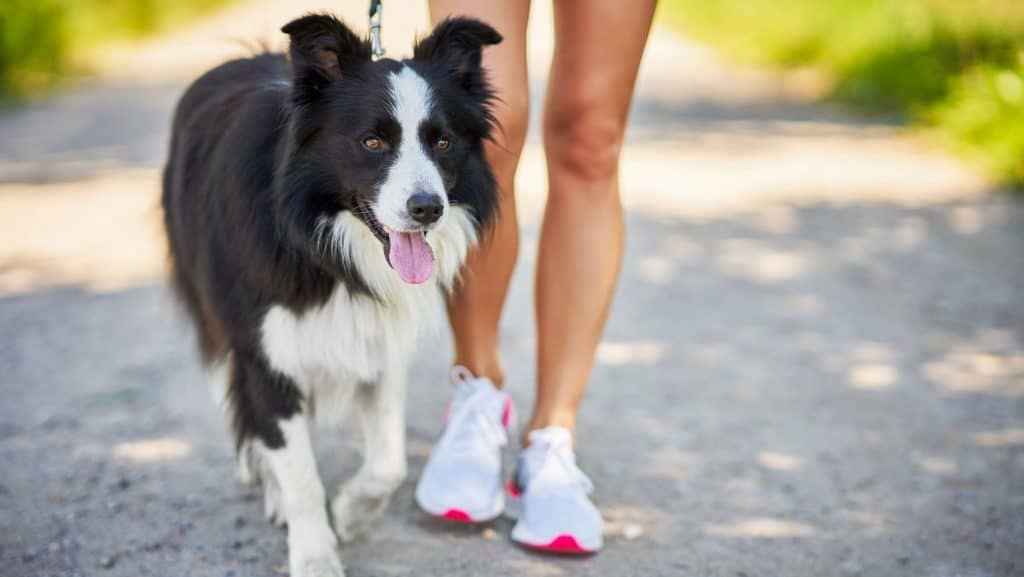
Runner’s knee is caused by repeated bending and straightening of the knee under load, therefore running is a common activity that causes or aggravates it.
Often a period of reduced running is necessary for recovery. Consider reducing your frequency, distance and/or intensity.
Have a running coach or physical therapist who specialises in running, to look at your running gait. Some running styles are more likely to develop this condition, so you can be coached to change your running style to offload the patellofemoral joint.
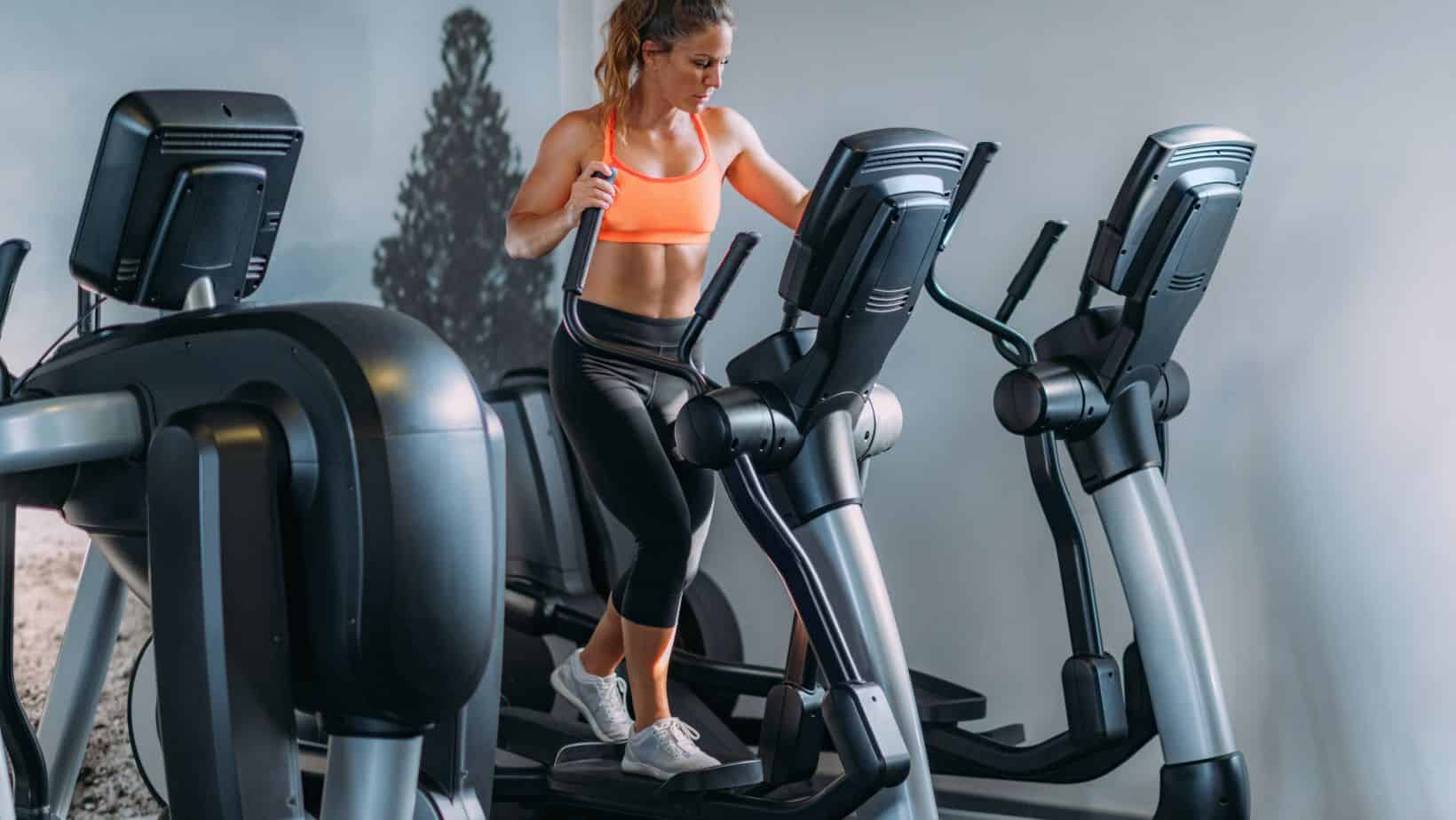
The elliptical or cross-trainer is a good solution for maintaining cardiovascular fitness during your recovery.
It is non-impact and low forces are placed through your patellofemoral joint when using it. We recommend using it to patients who have high pain to run or wish to supplement their running.
Stretching and foam rolling before and after will help to keep your knee pain-free.
Cycling or biking can be a good exercise if you have a Runner’s Knee.
It is a non-impact exercise, and is a great alternative to running as it places less force on the front of your knee and is unlikely to irritate Runner’s Knee.
Although biking involves repetitive bending and straightening of the leg, it primarily works the quadriceps muscles with lower force through the knee.
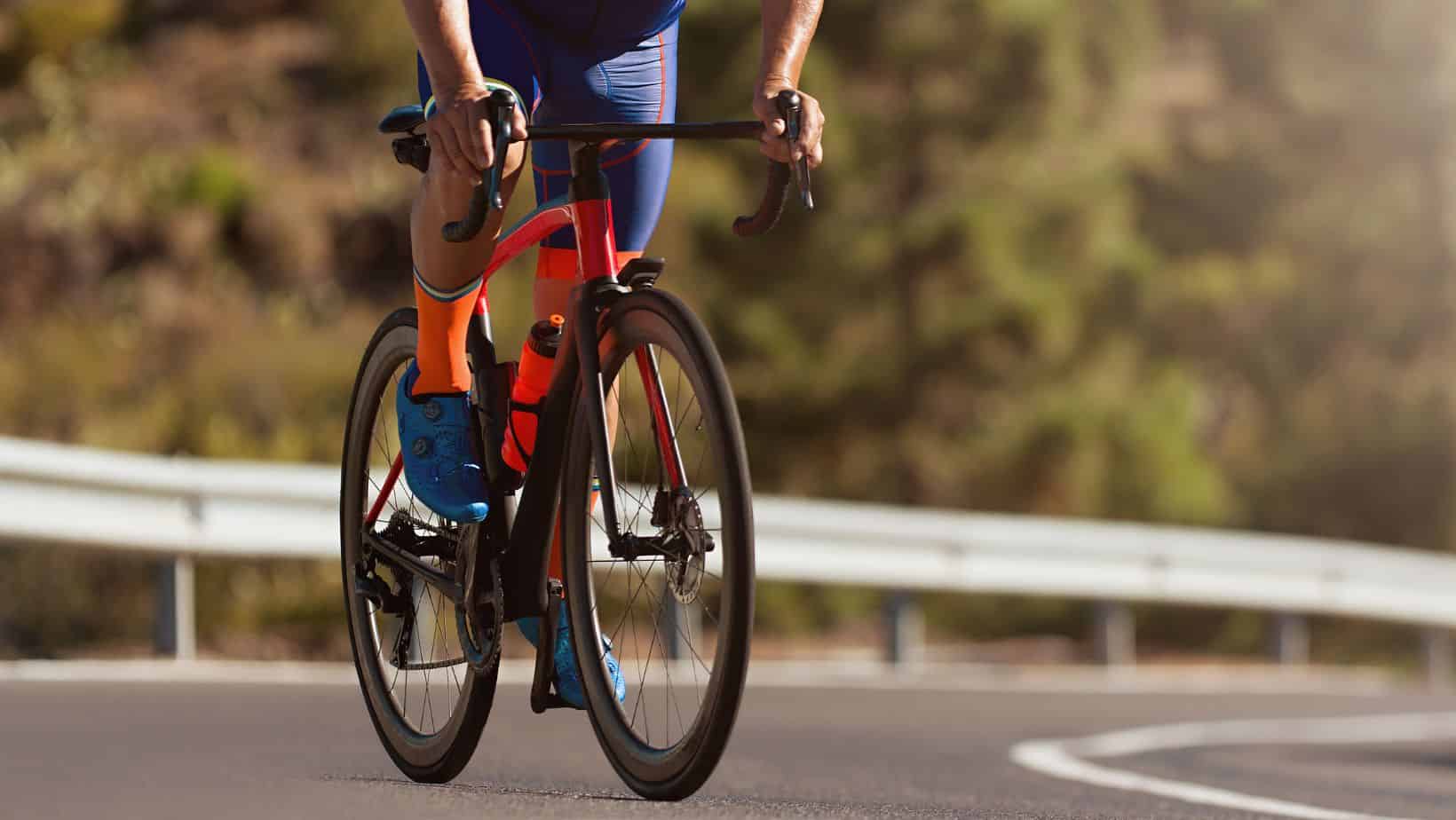
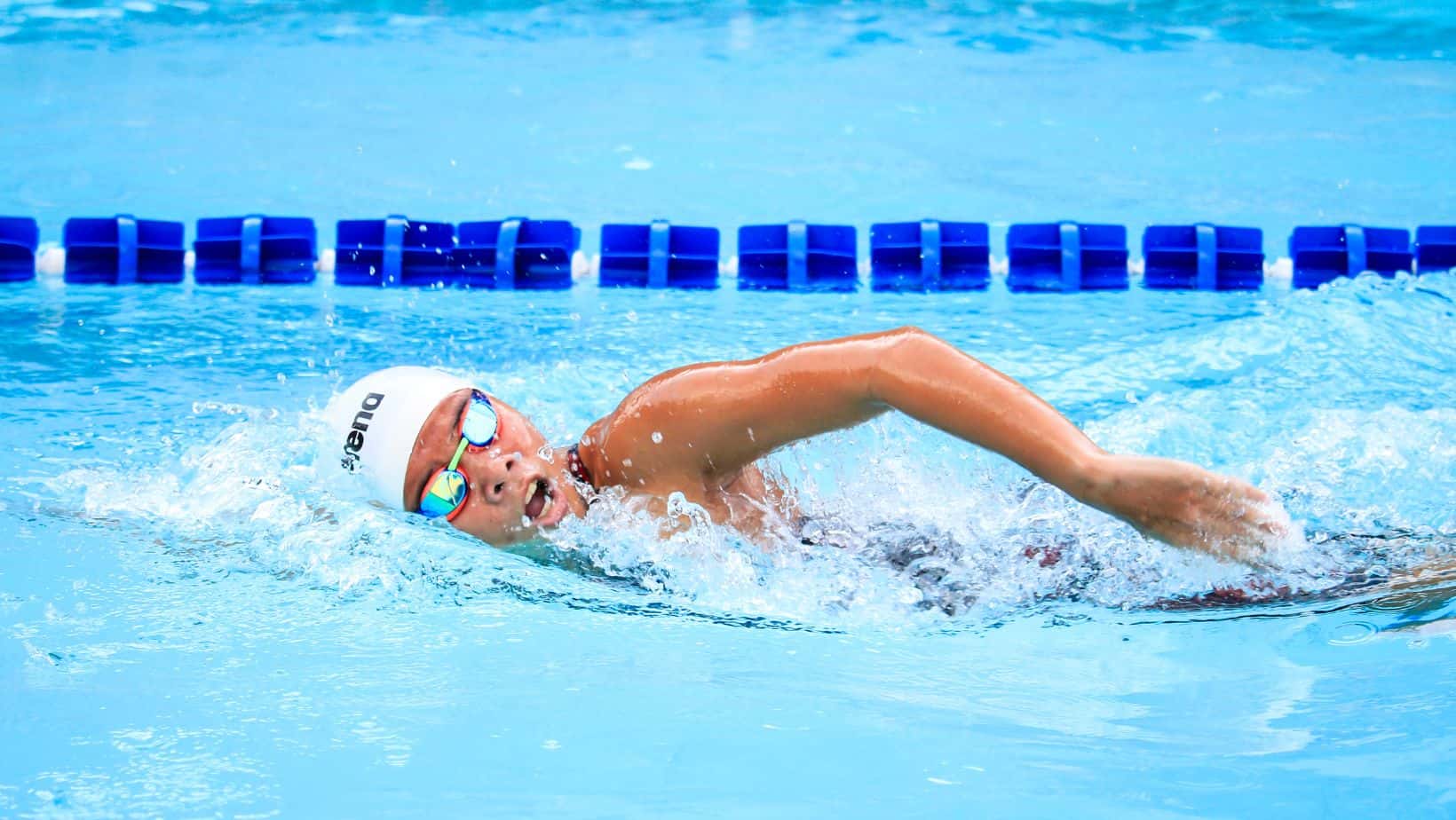
Swimming is one of the best non-impact exercises you can do during recovery.
With front crawl, you can work mainly your upper body to get a good workout while avoiding any irritation to your knee. You can also use a pool float between your legs to completely avoid knee movements.
This article is written by James McCormack, a Lower Limb Specialist who is an expert in treating knee pain.
This is not medical advice. We recommend a consultation with a medical professional such as James McCormack if you are experiencing any of the symptoms discussed in this article. James offers Online Physiotherapy Appointments weekly and face-to-face appointments in his London clinic.